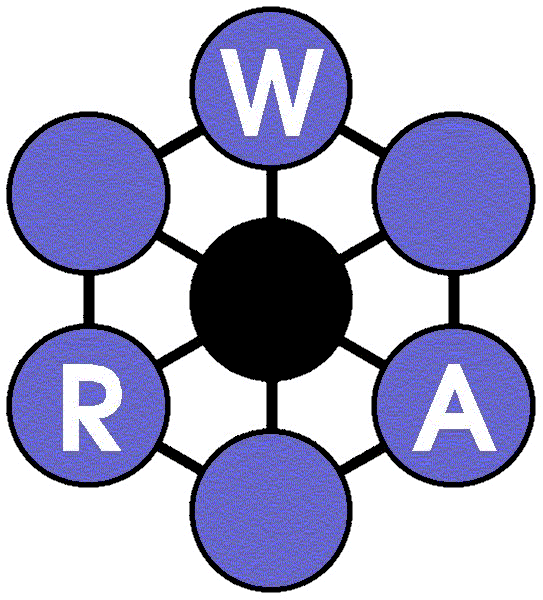The operation of a single reservoir for a single function does not present many analytical problems, but the same is not true when a reservoir fulfils a number of potentially conflicting objectives or where several reservoirs are operated conjunctively. Maximising the benefit of one or more reservoirs balances information on the likely resource against the multiple demands on it, while maintaining the safety of the dam(s) in times of severe flood. Sometimes, historical records are sufficient to define the resource reasonably well and design and operating criteria can be derived by simulation or optimisation techniques. In other cases, a stochastic approach might be needed to test the design criteria against an uncertain future resource.
Water Resource Associates has experience of many of these reservoir design and operational issues including:
- Reservoir analysis for multiple objectives including irrigation, hydropower, urban and industrial water supply, and flood control;
- Analysis of reservoirs in cascade or other network formation;
- Derivation of optimal flood routing to maximise downstream benefits;
- Operational changes in time to allow for alteration in the balance of priorities between irrigation and flood control;
- Analysis and review of historical performance.
The form of analysis depends on the stage of the project from pre-feasibility through to operation, but WRA can respond with appropriate software. This includes simulation, probability matrix analysis, flood routing, and the use of standard software packages, such as HEC-5, and sophisticated mathematical approaches including dynamic programming, linear programming and multi-objective planning models. The
AQUATOR (RESSIM) model, developed by WRA, has wide application in the UK.



